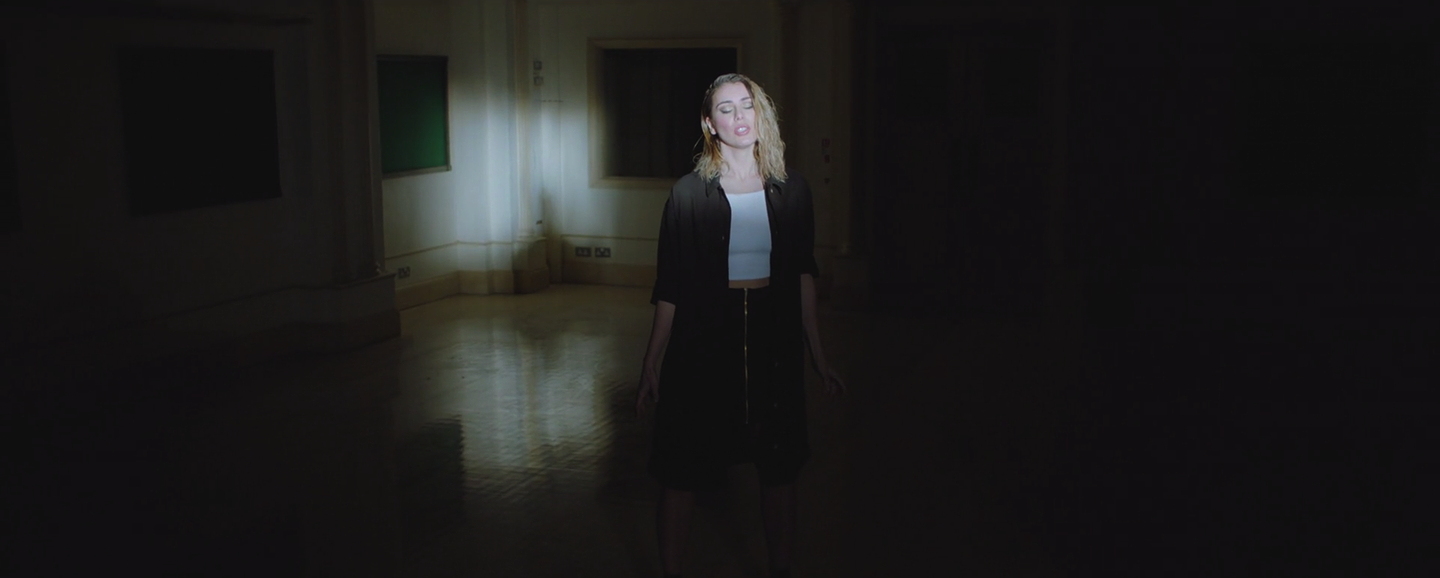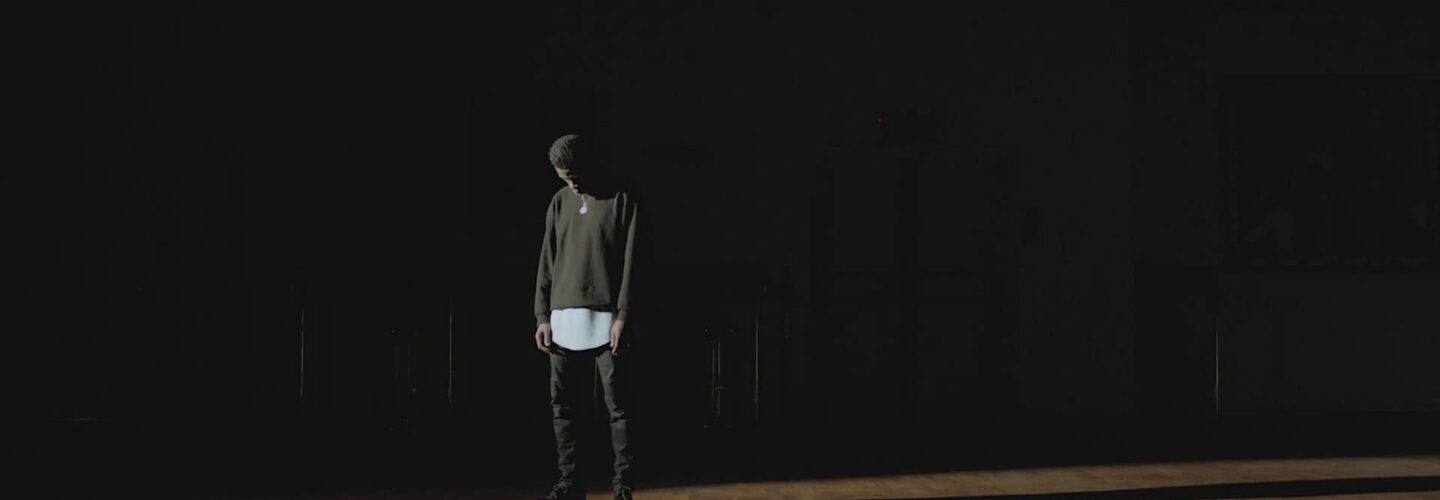
Last year director Youness Benali gave us an insight into the minimalistic style of filmmaking he employed for Blacksmif track My Own Blood. Youness joins us once again to discuss his latest ‘less is more’ offering, No Substitute for TroyBoi, and how his natural affinity for the spare and minimal led him to use negative space as a character which strengthened the film’s emotional impact.
Since your early Man + films you seem to have largely focussed on music video work. How have you gone about winning commissions and building your profile in that world?
When I first started to connect with people in the commercial and music video industry I quickly realized that no one really believes in you until you have given them a really good reason to start believing in you. I also understood from the-get-go that no one would just give me a break for the sake of it. If I want this to happen than it has to come from me, I’ve got to want this more than anything, be 100% passionate and obsessed about my work and I’ve needed to find a way to translate all of my passion into the videos that I do – it has been and it still is a very emotionally painful process. I expose myself with each video that I do and I give the artist and everyone on set 100% of me. I really think when you’re passionate and you love what you do it touches people in a way that you can’t fake and the result is that people all of a sudden start to believe in you and your vision.
No Substitute feels very much like a continuation and refinement of the visual approach you used in the My Own Blood video, what is it that draws you to shooting these striped down spaces?
My goal with my videos is that people will know that it’s a Youness video that they are watching. This doesn’t mean that every video should look the same or be in the same genre, more that they should feel visually related and I think what connects all of my work is that they are all very graphical and minimal in their visual approach. I was born in Stockholm, Sweden (by Moroccan parents) so I think the spare and minimal just comes naturally to me. Also both the My Own Blood and the No Substitute videos had very restricted budgets and working with a low budget can be something that restricts you from doing what you want to do or it can force you to come up with concepts that are strong regardless of the budget – I aim for the latter. So the lack of money has also shaped my visual language to a certain extent, it has forced me to come up with ideas that can be both beautiful and emotionally powerful regardless of the limited budget.
Before the No Substitute track came to me I had done a music video for the artist Y.A.S late last year, so it was Y.A.S who pushed TroyBoi in my direction and both of them were keen for me to do this video. The visual language for Y.A.S’ Fairytales was again very graphical and minimal.
The entire video rests on the effectiveness of the lighting effect, what was your process for capturing that in camera whilst on set?
As I mentioned earlier, working on a restricted budget means that I have to find a way of creating a powerful video without using resources which we don’t have. The visual effect that drives this video is the use of a single light source that switches on and off throughout. On a side note I also wanted this video to be shot in constant motion and I think this is something that I will continue to explore with my future work. Here’s a test I did when I came up with the concept of having the lights switching on and off:
We had a set of different spotlights as our only source of lights for this video and they were only used one at a time so a lot of the video was shot in complete darkness. With music videos everything is about what is shown on the screen. The lighting, the characters actions, the artists and their styling – everything has to look perfect on screen. With this notion I found it really interesting to have a lot of negative space in the video, moments where we don’t see anything at all – only pitch darkness. The blacked out parts are as important as the parts of the video which we see. The negative space becomes another characters of sorts, it adds another level of emotional input and it further strengthens the video’s mystic feel – this was important to me.
How did you approach the footage once you got into post?
When I shoot I know the back bone of the video but nothing is story-boarded so I’m always trying to be as open and organic on a shoot as I possibly can in order to give myself the opportunity to capture the unexpected, the ‘mistakes’ and everything else that is non-scripted but powerful. We all knew on set that we had some amazing footage to work with but that knowledge alone dosen’t satisfy me and I put as much pressure on the edit as I do on the shooting day if not more as the edit is a longer process in a music video production. It’s really in the edit that my videos come to life and I try to be just as open and organic within this process as well – it’s a constant play of actions and reactions.
Will music videos remain your focus or do you have plans to move into other forms of filmmaking in the future?
Some of my director ‘heroes’ have started in music videos and I push myself so that I can become the best music video director that I possible can. I also love how creative and powerful the medium of music videos can be. I’m also pushing for more narrative and commercial work and again I find myself in this never ending process of proving to people that I can do it!




